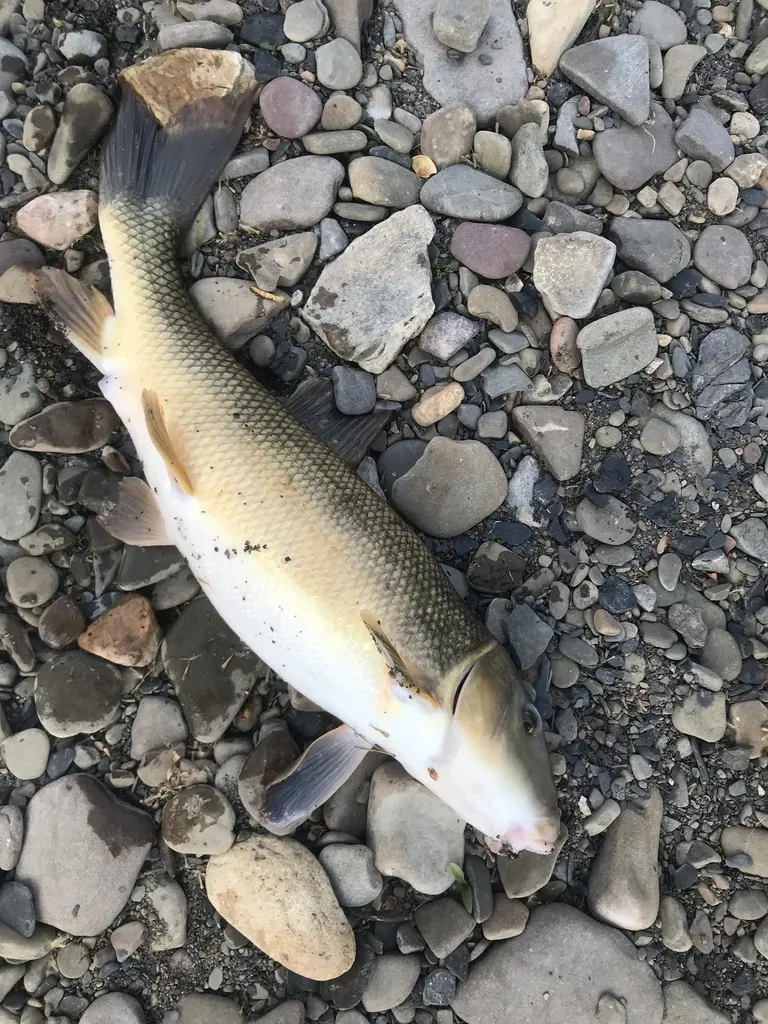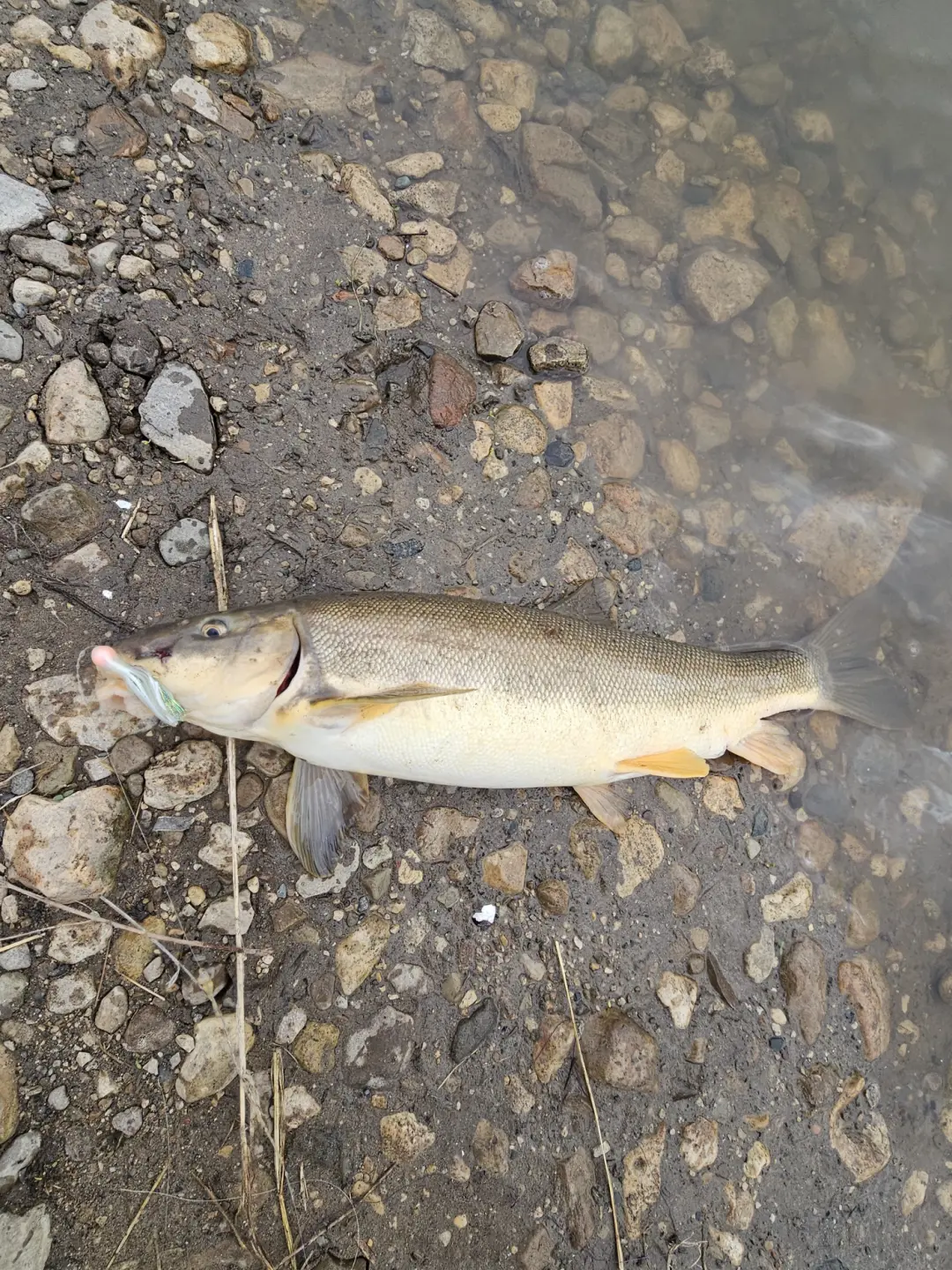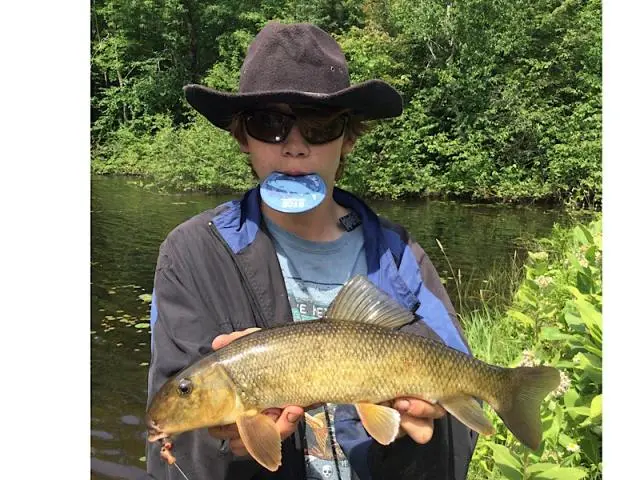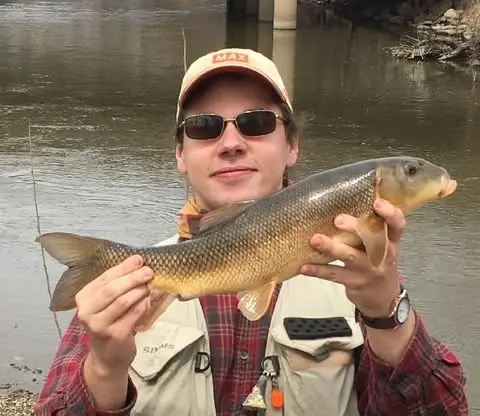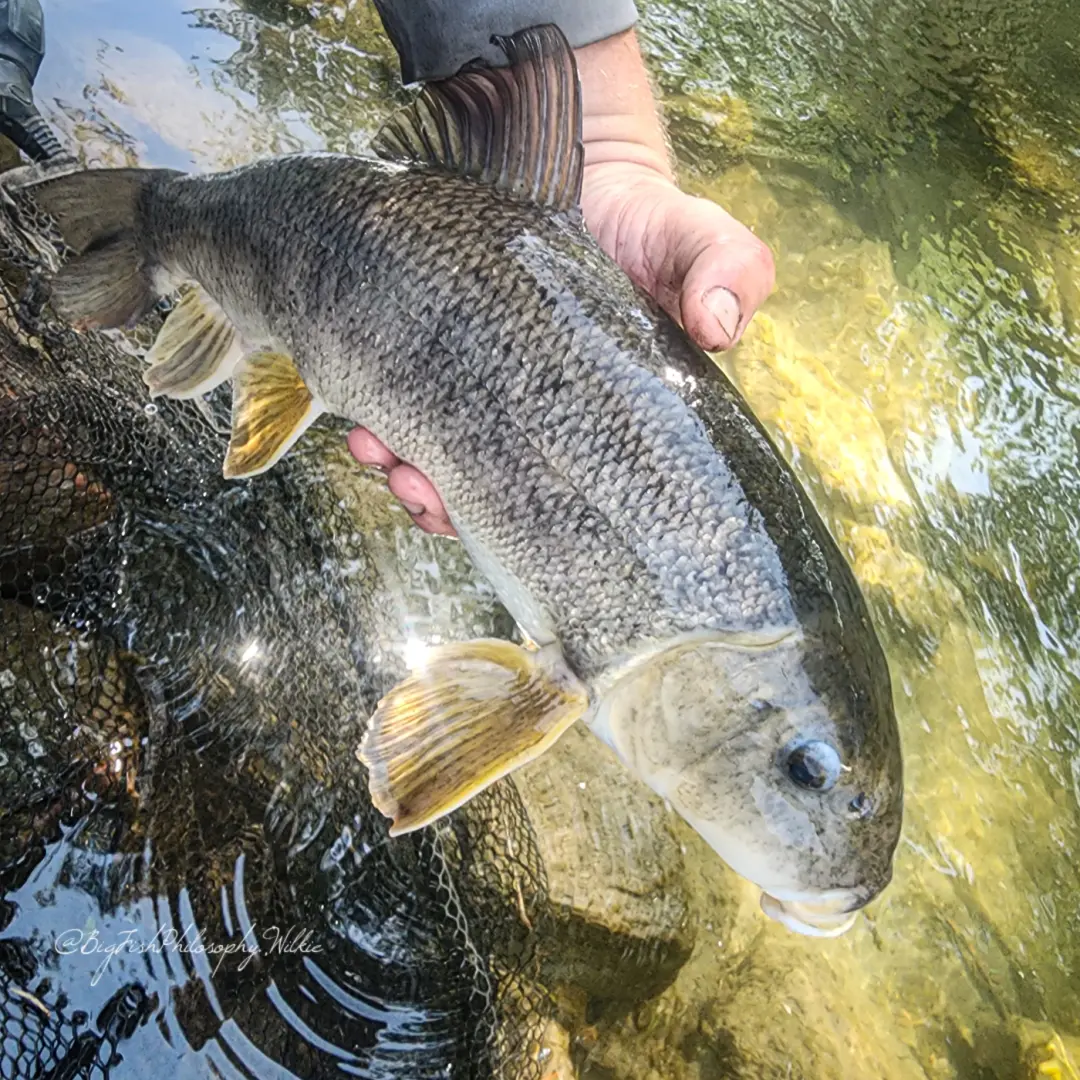White sucker (Catostomus commersonii)Follow
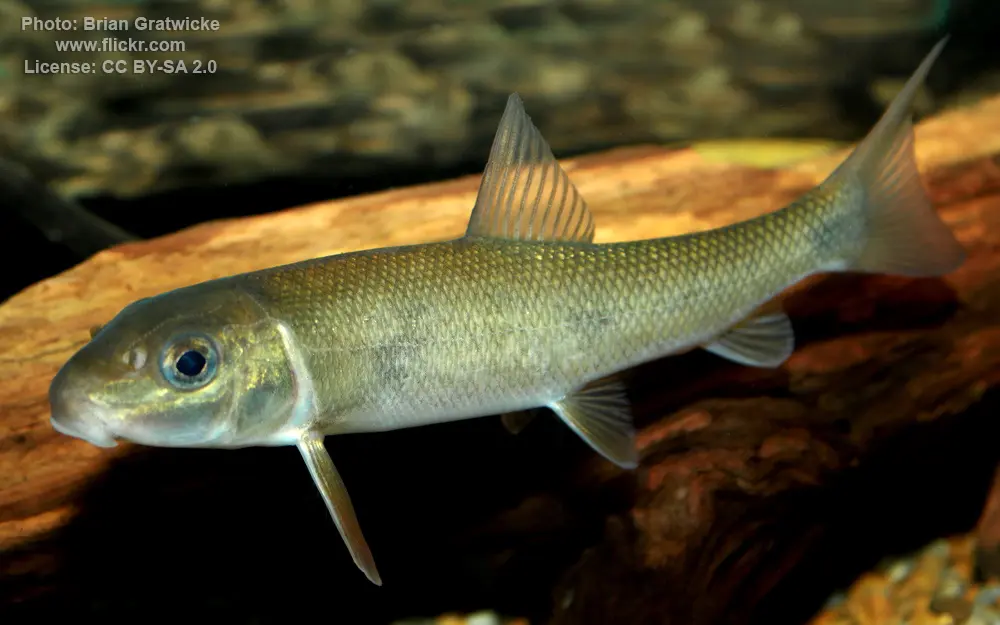
General data
- Main name: White sucker
- Climates: Temperate, Continental
- Habitat: Freshwater
- Native: North America
- Distribution: Mississippi River, St. Lawrence River, Colorado River (Gulf of California), Hudson River, Potomac, Susquehanna River, View all... Mackenzie, Delaware River
Classification
- Genus: Catostomus - Suckers
- Family: Catostomidae - Suckers
- Order: Cypriniformes - Carps
- Class: Teleostei - Ray-finned fishes
- Superclass: Osteichthyes - Bony fishes
Description
Geographic Range White suckers (Catostomus commersonii) are a highly ubiquitous species. Their range is over 2.5 million square kilometers, stretching from east of the Mackenzie River to Labrador in Canada, and into 40 states in the Eastern and Midwestern United States. White suckers are also an introduced species in the Colorado River drainage basin. Habitat White suckers occupy a wide range of habitats including streams, rivers, and lakes but are usually found in small creeks with cold, clear water and small or medium-sized rivers. White suckers are also highly tolerant of polluted, murky, and anoxic waters, as well as a wide array of stream gradients. They do not require dense vegetation and prefer temperatures between 11.8 and 20.6 degrees Celsius. Physical Description White suckers have a long, round body and grow to an average length of 241 mm and a maximum weight of about 2.5 kg. They have olive-brown to the black coloration on their back and a lighter colored, or white belly, with dusky or clear fins. Breeding males gain gold coloration on their backs and red (or less commonly cream or black) stripes across their sides. They have a toothless, sucking subterminal mouth with no barbels. The mouth region is additionally characterized by thick pappilose lips, with a lower lip that is about twice as thick as the upper lip. White suckers have fewer lateral line scales (between 55 and 58) and a shorter snout than their close relatives, longnose suckers. Young white suckers have dark blotches on their backs and sides.

